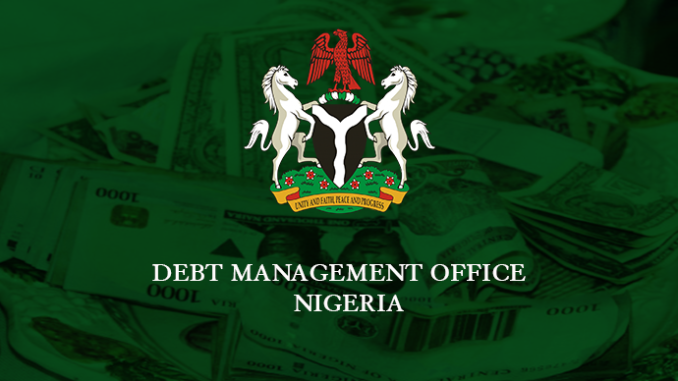
THE Debt Management Office’s recent statement about the nation’s indebtedness to both local and foreign creditors is both alarming and bewildering. According to the DMO, the nation’s debt leaped from N12.06 trillion in March 2015 to N19.16 trillion in March 2017. This signifies an increase of N7.1 trillion in two years. It also means that the nation increased its debt burden by over 50 per cent in just two years. This is quite alarming because if between 1960 and 2015, the nation’s debt profile stood at N12.06 trillion, borrowing in two years, more than a half of what the country borrowed over a period of 55 years calls for concern.
Breaking down the debt components, the DMO stated that the Federal Government’s domestic debt rose from N8.51 trillion in 2015 to N11.97 trillion at the moment. This is an increase of N3.46 trillion. Similarly, the state governments, over the last two years, raked in domestic debts totaling N1.27 trillion as their debt figure moved up from N1.69 trillion in 2015 to N2.96 trillion as of March 31, 2017. In the same period, external debt for both the federal and state governments also rose by $4.35 billion from $9.46 billion in 2015 to $13.81 at the moment.
The penchant of government at both the federal and state levels for debt accumulation is quite mind-boggling. Swelling the nation’s debt profile by over N7 trillion in just two years is very frightening. This trend is particularly worrisome because the current administration promised frugality before its ascension to power. The All Progressives Congress (APC), while canvassing for votes, promised to manage the economy effectively. But what has changed now if, just in the spate of two years, the nation’s debt profile has gone up by over 50 per cent?
Perhaps the nation would have been comforted by the unprecedented debt profile if there had been a corresponding level of development. But which projects were financed with the gargantuan debt? Which structures can be pointed to as a justification for the huge debt? Where are the factories built with the borrowed money? Where are the new jobs created? Where are the hospitals built? Where are the new airports? Where are the new roads? Where has all the money gone? The plain fact is that the governments deployed the bulk of the borrowed money to financing recurrent expenditure. Most of the borrowed N7.1 trillion went into running the government, namely paying salaries and allowances. This is not only tragic, it is exceedingly bewildering.
But it is even more worrying and upsetting that the government intends to continue with this pattern because, just like it was in 2016, there is a shortfall of over N2 trillion in the 2017 federal budget with a plan to increase borrowing to bridge the shortfall. The implication of this is that the government will continue to spend a good part of the nation’s revenue on debt servicing with the country’s chances of experiencing real development remaining a mirage. According to Vitor Gaspar, International Monetary Fund’s Director of Fiscal Affairs Department, while speaking at the World Bank/ International Monetary Fund Spring Meetings in April this year, Nigeria spends 66 per cent of its tax revenue on debt servicing.
Former Governor of the Central Bank of Nigeria (CBN), who is currently the Emir of Kano, Alhaji Muhammadu Sanusi, put the argument more precisely when he said that the nation expends 66 per cent of its total revenue on debt servicing, leaving it with just 34 per cent for both capital and recurrent expenditure. To corroborate the view, in the 2017 budget, the Federal Government allocated N1,488,002,436,547 to servicing domestic debts; N175,882,993,952 for foreign debts; and N177,460,296,707 for sinking fund to retire maturing loans, all of which amount to N1,841,345,727,206.
The implication of all this is that unless there is a volte-face, the heavy debt burden will force Nigeria to perpetually chase development without any prospect of catching up with it. How frightening that is!
END

Be the first to comment